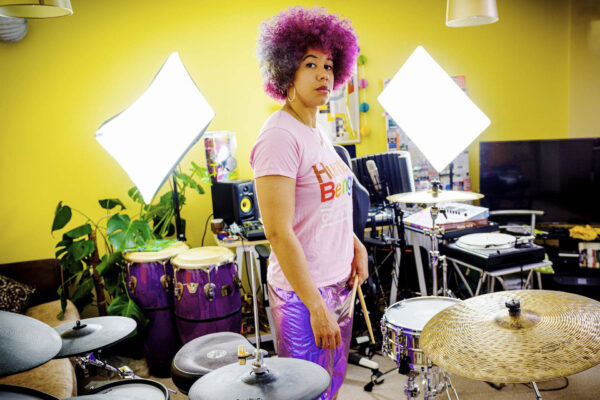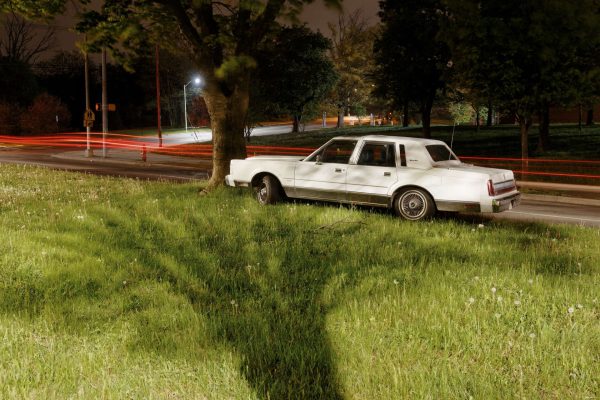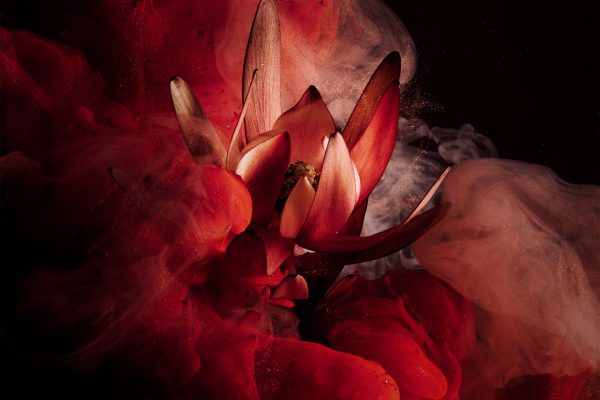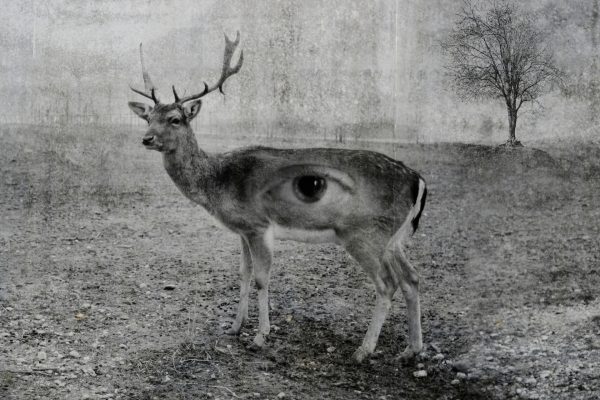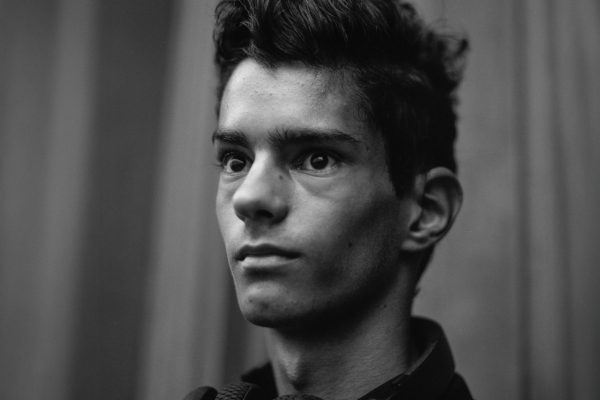Thanks to Hollywood, the word “cowboy” conjures up images of tough, independent men: solitary, weather-beaten and…white. But many of the Old West cowboys were African American.
London-based photographer Ferguson first became interested in the group 10 years ago while watching a news report in New York about local black cowboys holding a parade. His interest was immediately piqued:
“It’s really nice to find something that’s new, isn’t it? They have been around for hundreds of years, but history has forgotten about them.”
As a ten-year-old boy playing Cowboys with friends at my junior school in England, I was never allowed to be a cowboy, I could only be a native American Indian. I was told “Black boys were never cowboys – have you ever seen a black cowboy?” I had to admit that I hadn’t seen a single black Cowboy. The only ones I saw were your white archetypal, square-jawed, all-American gunslinging heroes. Even thirty years later I still didn’t know black Cowboys ever existed. The Lone Ranger, John Wayne, Gary Cooper, Roy Rogers, Clint Eastwood, right up to The Marlboro Man, the list is endless, but not one single black cowboy amongst them. But, actually, I discovered, some of the first Cowboys were black.
So, I went in search of the forgotten cowboys with my camera and to my great surprise, found a large and thriving African American cowboy community. From New Mexico to Texas and as far up as the San Francisco Bay Area, many African Americans can trace their lineage right back to the old South.

























